

Regenerative medicine therapies will help over 10 million patients worldwide by 2025. Gum stem cell treatment stands out as one of the most promising options for dental health and is considered a new treatment for receding gums. This innovative approach offers effective gum graft alternatives and has shown remarkable results in helping patients regrow gum tissue. Traditional gum treatments need constant care and maintenance, but stem cell therapy has demonstrated amazing results in treating gum problems of all types through its regenerative properties.
The budget-friendly nature of this advanced treatment makes it available to more patients who want long-lasting results. Patients spend between $5,000 and $15,000, which is much lower than what they’d pay for conventional treatments over time. Multiple clinical studies have proven stem cell therapy’s safety, making it a reliable choice for patients who want to restore their gum health without repeated dental procedures.
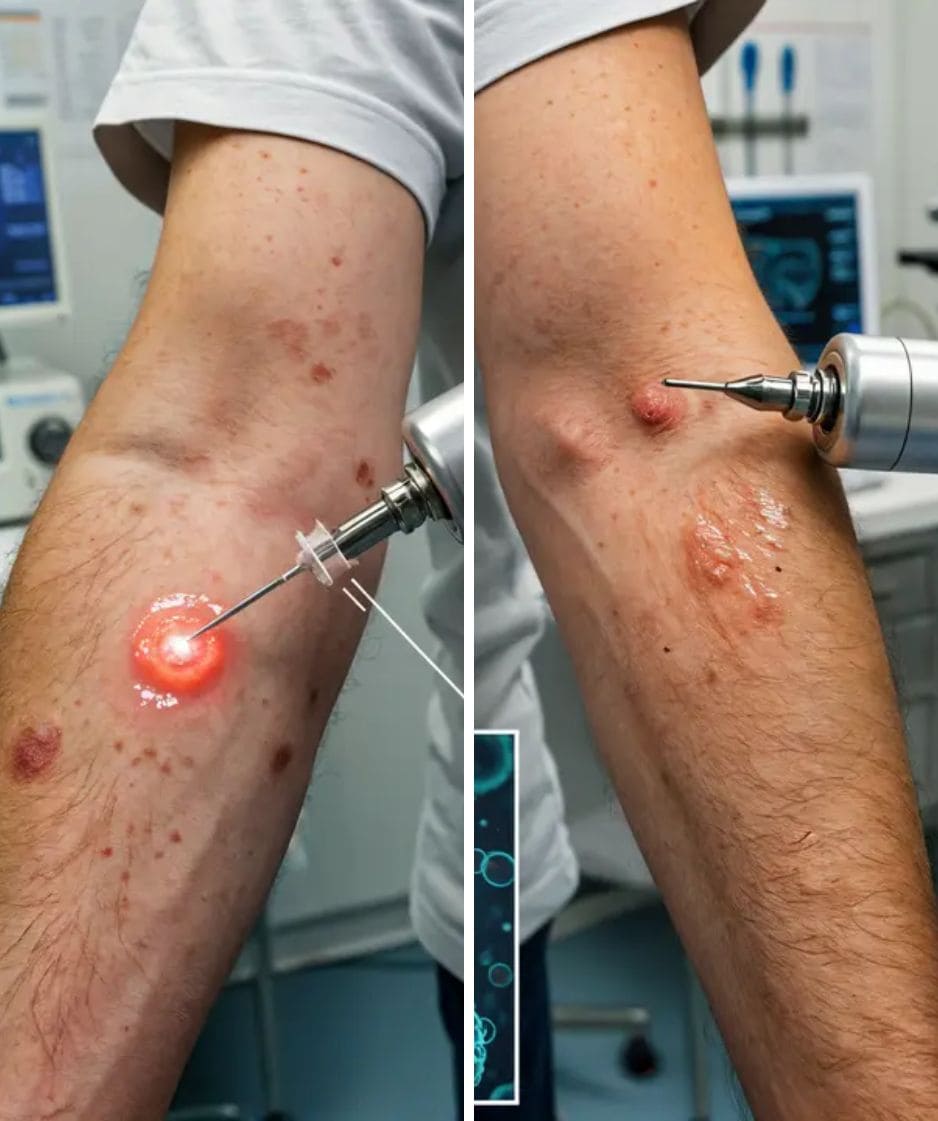

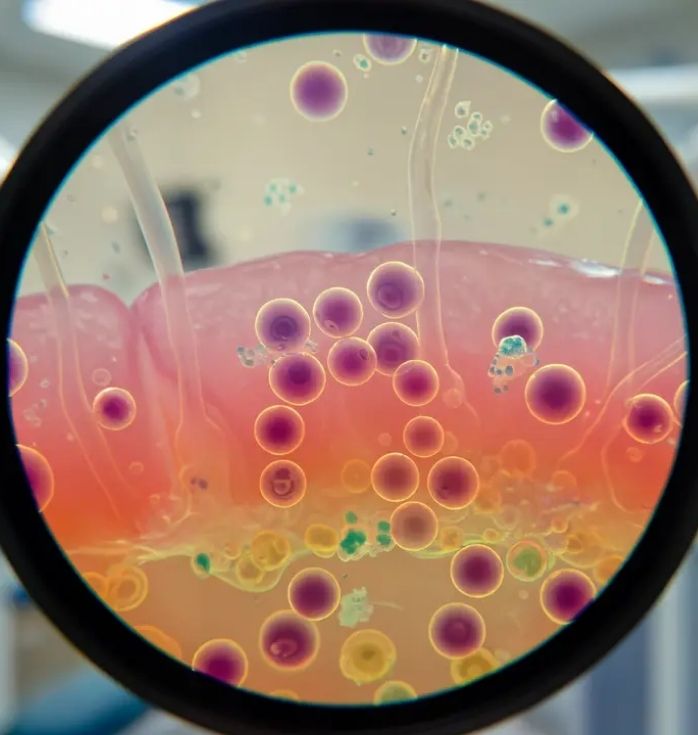
“We are not made of drugs; we are made of cells.” — Robin Smith, CEO of ORIG3N.
Periodontal disease has become a global health crisis that sneaks up on people until serious damage occurs. While most health issues alert us through pain or discomfort, gum disease works quietly below the surface and creates lasting damage before patients get help.
Gum disease is one of today's biggest yet overlooked health challenges. The World Health Organization reports that periodontal diseases affect about 19% of adults globally, which means over one billion cases worldwide. These numbers become even more worrying in European countries. More than 50% of Europeans have some type of periodontitis. The numbers jump to 70-85% among people aged 60-65.
The numbers paint an alarming picture. Over 1.08 billion people had periodontal diseases globally in 2019, with 91.5 million new cases reported. Half of American adults deal with some form of periodontal disease. This makes it a common but poorly treated condition. Based on these facts, periodontal disease ranks as the world's sixth most common disease.
Traditional treatment approaches don't provide lasting solutions despite how common gum disease is. Standard treatments usually include:
These approaches have several big drawbacks. About 20-30% of chronic periodontitis cases don't respond well to standard periodontal treatment, and antibiotic resistance makes antimicrobial treatment less effective than expected.
Traditional gum surgery can work in some cases. The process involves cutting with a scalpel, pulling back gum tissue, removing infected tissue, and using dental sutures. Patients face considerable discomfort and longer healing times compared to newer options. Most patients still need ongoing maintenance therapy after scaling and root planning to keep their gums healthy. This creates an endless cycle of treatment without fixing the root cause.
The cost of conventional gum treatments puts huge pressure on people and healthcare systems. U.S. dental offices generate $478 billion in revenue yearly, and national dental care spending reached $174 billion in 2023.
Cost stops many adults from seeing their dentist. Treatment prices without insurance quickly become too high. Deep cleaning costs between $800 and $1,600 for a full mouth treatment. Traditional osseous surgery can run from $4,000 to $12,000.
The hidden costs add up, too. Americans lose 92 million work or school hours each year due to emergency dental care, and Canadians lose 40 million work hours yearly because of dental problems. U.S. productivity losses from oral health issues reached $45.9 billion in 2015.
Someone visits an emergency room every 15 seconds for dental issues. This costs the healthcare system $2.7 billion annually. The situation gets worse because 67 million Americans have no dental insurance.
These limitations and the high costs of standard treatments explain why patients and dental professionals seek better, lasting solutions like gum stem cell treatment and other gum graft alternatives.
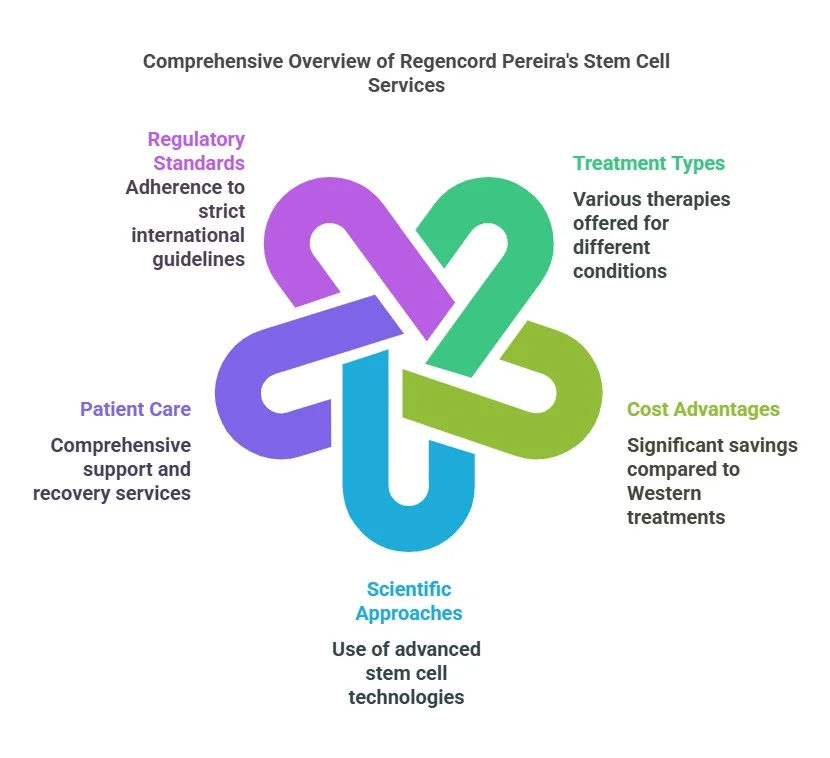
“My entire political career, I voted pro-life, and that is exactly why I favor the stem cell initiative. I believe in saving human life. I want cures to be found.” — John Danforth, Former U.S. Senator and Episcopal priest.
Stem cell therapy has revolutionized how we treat periodontal disease. This breakthrough approach offers hope where older methods haven’t worked well. It doesn’t just mask the symptoms – it tackles the real problem by kickstarting the body’s healing powers to regenerate gum tissue and even promote stem cell tooth regeneration.
Stem cell therapy uses specialized cells that can change into whatever type of cell the body needs to heal. These cells, especially mesenchymal stem cells (MSCs), can turn into different kinds of periodontal tissues - bone, ligament, and cementum cells.
Here's how it works:
Instead of just removing bad tissue, stem cell therapy rebuilds damaged periodontal structures from the ground up, offering a true gum graft alternative and promoting periodontal regeneration.
Gums create the perfect environment for stem cell therapy to work. They're among the most responsive tissues to this treatment, making gum tissue regeneration highly effective.
Your gums contain special cells called human gingival mesenchymal stem cells (GMSCs). These cells grow and change incredibly well. Doctors can take them from a tiny gum tissue sample, and they're amazing at rebuilding damaged areas. Research shows these GMSCs can become many different types of cells needed for complete healing.
Gums heal faster than most other tissues in your body. Scientists have found that "Gingiva is unique in our body. It has much less inflammatory reaction and heals much faster when compared to skin". This means therapeutic stem cells work even better when placed in gum tissue, promoting faster healing and natural tissue regeneration.
Scientists at the Forsyth Institute found something exciting. They discovered special molecules called Maresin-1 and Resolvin-E1 that can make stem cells regenerative even when there's inflammation. This matters because inflammation always comes with gum disease and gingival recession.
The results speak for themselves. Clinical studies show impressive improvements in several ways:
A major study showed that stem cell therapy reduced pocket depth in gums and improved overall gum health better than traditional treatments. X-rays confirmed less bone loss in treated areas, demonstrating successful periodontal regeneration and the ability to rebuild bone loss in gums naturally.
One amazing case involved a 61-year-old patient who received dental pulp stem cells (DPSCs) from a younger donor. The results were incredible - within 3-6 months, their gum pockets shrank, teeth became more stable, and bone defects improved. The patient's body accepted the treatment perfectly, showing the potential of stem cell dental implants and gum bone regeneration.
Another success story comes from Igor, who tried an advanced PRF (Platelet-Rich Fibrin) therapy with stem cells. His gums regenerated naturally with less pain and quicker recovery than old-school treatments, demonstrating how stem cells for gum recession can be highly effective.
Many studies have proven that stem cell therapy works better than conventional treatments for periodontal regeneration. The numbers back this up—showing a standardized mean difference of 0.80 (95% CI, 0.42, 1.19) between stem cell therapy and control groups. This means treated areas grew much more bone, demonstrating the ability to rebuild bone loss in gums naturally and answering the question, "Can you rebuild bone loss in gums?" with a resounding yes.

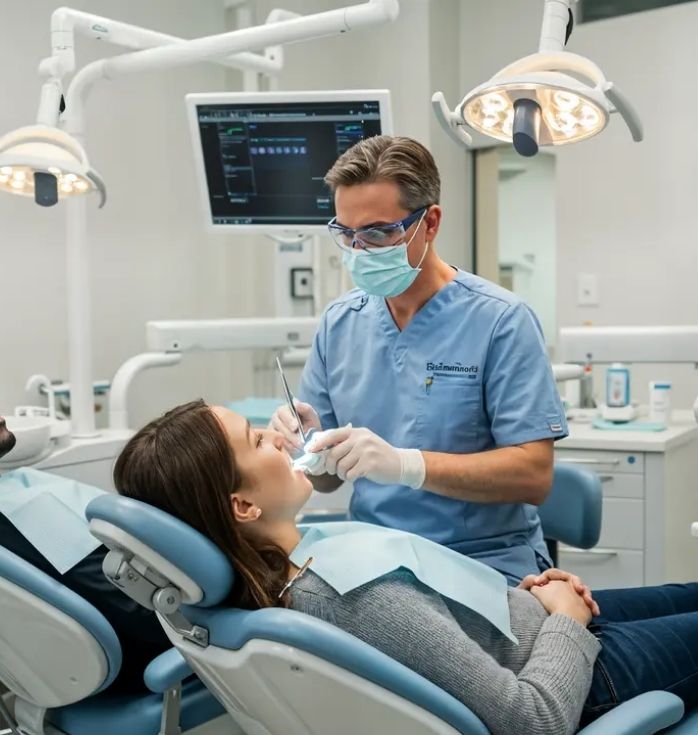
Regencord’s gum restoration method combines advanced stem cell technology with a patient-first experience that delivers comfort and lasting results. Their process stands out from regular treatments because it focuses on regeneration instead of basic repair, offering innovative solutions like the RejuvaGum Lift procedure.
Patients who visit Regencord for gum stem cell treatment receive a detailed evaluation. A periodontist checks your gum health, measures periodontal pockets around each tooth, and looks at how much recession has occurred. This original assessment shows how severe your condition is and whether stem cell therapy would work for you. Your specialist will walk you through treatment options, answer your questions about gum regeneration surgery, and create a treatment plan just for you.
Gum stem cell treatment at Regencord is quick and comfortable. Local anesthesia keeps you pain-free during the procedure. Most patients need just one hour for a single treatment area.
Regencord's advanced techniques are nowhere near as invasive as traditional grafting. They don't need to take tissue from your mouth's roof. Instead, their stem cell method includes:
This method doesn't need much cutting or stitching, which means less discomfort after the procedure. Regencord also offers the innovative RejuvaGum Lift procedure, which utilizes Advanced Platelet Rich Fibrin to enhance the regenerative process. This minimally invasive approach promotes faster healing and is an excellent gum grafting alternative.
Recovery after Regencord's gum stem cell treatment happens quickly. Traditional gum grafts need 1-2 weeks to heal, but Regencord's patients usually get back to their routine within 24-48 hours, thanks to the minimally invasive nature of the procedure.
The day after treatment, you might see some minor bleeding that stops within 24-48 hours. Some swelling could last 3-4 days. Regencord's team gives you detailed aftercare instructions and suggests soft, cool foods like yogurt, pudding, and smoothies to avoid tooth sensitivity.
Your diet will include more solid foods as you heal. Don't brush directly on the treated area until your specialist says it's okay. About a week later, you will have a follow-up visit to check your healing progress. Full recovery usually takes two weeks.
This is a big deal as it means that 90% of treatments succeed. Regencord's innovative gum restoration gives patients a faster, more comfortable option than traditional treatments with excellent results.
The cost of gum stem cell treatment plays a big role when patients weigh their options. A clear understanding of all expenses helps patients make better decisions about this innovative therapy.
Regencord Colombia offers economical solutions when you compare it with similar treatments worldwide. The clinic charges €6,306/USD 6,900 for knee treatments alone and €7,200/USD 7,900 for hotel stays. Gum treatments follow a similar price structure. The final cost depends on:
The cost of stem cell gum regeneration in Colombia ranges between USD 5,000 and USD 15,000, which makes Regencord’s dental treatments competitive in the market.
The initial cost of stem cell therapy might seem high. Notwithstanding that, regular treatments rack up hefty expenses over time:
Traditional Treatment | Cost Per Treatment | Potential Lifetime Cost |
Gum Grafts | USD 600-1,200 per tooth | USD 10,000+ (multiple teeth) |
Scaling & Root Planing | USD 200-400 per quadrant | USD 4,800+ (yearly maintenance) |
Pocket Reduction Surgery | USD 1,000-3,000 per quadrant | USD 12,000+ (with retreatments) |
Regular treatments need ongoing maintenance. This creates lasting financial strain that ends up costing more than stem cell therapy's one-time investment.
Regencord knows this treatment requires a major investment. They offer several ways to pay:
Patients who need financial help can use third-party medical financing, such as CareCredit. These plans offer 6-24 month terms, and qualified applicants might get 0% interest.
In 2025, most insurance providers still label stem cell therapy as experimental. Medicare only covers specific procedures, such as allogeneic hematopoietic stem cell transplantation and autologous stem cell transplantation.
The situation keeps improving, though. Patients pay 20% of Medicare-approved amounts for covered procedures after meeting Medicare Part B's USD 257 deductible (2025 rate). While patients mostly pay for gum stem cell treatments themselves now, new clinical studies might expand coverage options through 2025 and beyond.
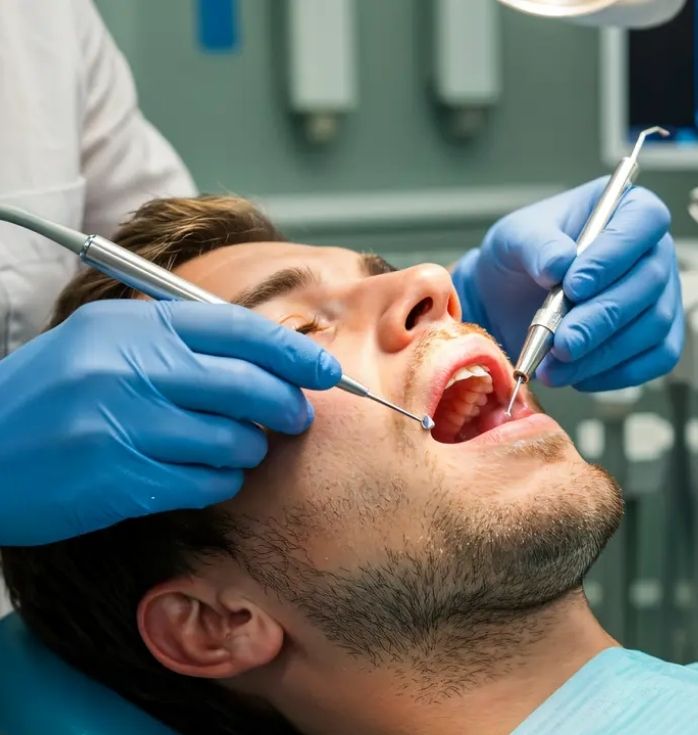
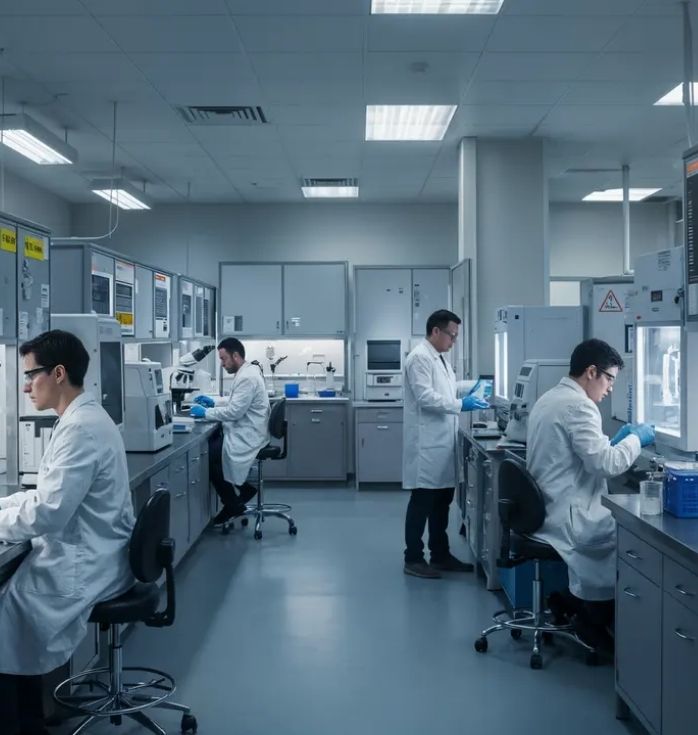
Real people with real stories stand behind every clinical statistic of gum stem cell treatment. Regencord’s success stories show how regenerative therapy brings hope when traditional treatments fail.
The patient, about 46 years old, came to Regencord with advanced periodontal disease that persisted despite many traditional treatments. Her original assessment showed severe gum inflammation, pocket depths over 7mm, and bone loss that put multiple teeth at risk.
She had doubts about stem cell therapy at first. She changed her mind after learning periodontal disease affects up to 50% of people worldwide, and chronic cases rarely respond to standard treatments.
Her treatment used dental pulp stem cells (DPSCs) with specialized biomaterials and scaffolds. She saw substantial improvements in just three months. Her periodontal pocket depth decreased, and clinical attachment levels improved by over 60%. The bone defects threatening her teeth showed clear signs of regeneration on X-rays, demonstrating successful alveolar bone regeneration and periodontal ligament stem cells at work.
"My mouth doesn't hurt anymore for the first time in years," She said at her six-month checkup. "I can eat whatever I want without painful problems or tooth sensitivity."
The patient, about 61 years old, faced losing his teeth when previous dentists told him dentures were his only choice. He came to Regencord with several loose teeth and gums that bleed even with gentle brushing. He felt skeptical but desperate.
He received a combination of dental pulp stem cells and bone marrow stem cells from a younger donor. This is a big deal as it means that within 3-6 months, tests showed major improvements in pocket depth, tooth mobility, and intrabony defect depth. His teeth stabilized fully without rejection signs.
"I thought nothing could help. My teeth were loose, and brushing always left my mouth full of blood," he said before his treatment. Stem cell therapy prevented tooth loss, which usually happens when supporting tissue fails.
The patient's recovery needed only basic aftercare, which caused little discomfort. Now, he keeps his natural teeth healthy with regular cleanings instead of wearing the dentures he almost accepted as his fate.
Stem cell therapy will emerge as a groundbreaking solution for gum disease treatment in 2025. This innovative approach gives hope to millions of people with this systemic condition. Research data definitely backs its success, with Regencord’s patients showing recovery rates above 90%.
The treatment costs less than conventional methods because patients don’t need repeated procedures or constant maintenance. Regencord’s real patient success stories tell it all.
This therapy has become more than just another medical breakthrough. It provides a permanent fix for gum disease rather than just managing symptoms like traditional treatments do. The regenerative approach fixes the underlying cause and helps patients get back their dental health and smile with confidence. Scientific evidence, proven outcomes, and long-term savings make Regencord’s gum stem cell treatment a smart choice for anyone looking for lasting dental wellness in 2025.
We focus on knee treatment using stem cell therapy, focusing on three main processes:
Stem cells are unique cells with the ability to develop into various cell types and repair damaged tissues. They are used in regenerative medicine, including treatments for cancer, neurodegenerative diseases, and injuries. Sources include bone marrow, cord blood, and embryos.
+1 888-540-4101


